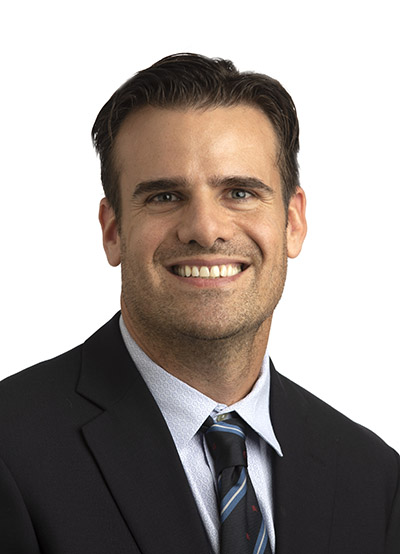Transformation prepares UNTHSC for the future
Imagine teams of extraordinary researchers and clinicians from different disciplines working together to create solutions for the biggest health problems facing Texas.
Each scientist or physician contributes his or her own unique skills, knowledge and ideas, collaborating in unique ways that create innovation and push the boundaries of discovery.
At UNT Health Science Center, that vision is now.
The Health Science Center has launched a major reorganization that will transition it from a traditional department structure to one formed around multidisciplinary health institutes. Researchers, educators and physicians in each institute will concentrate their capabilities and resources on a specific health area, such as healthy aging, cardiovascular disease, blindness, or mental health.
In the new model, the Health Science Center’s five schools will each function as the university’s primary teaching divisions.
This transformation aligns the Health Science Center’s research and education endeavors with its areas of excellence and positions the university as a pioneer in the rapidly changing environments of health care and medical education.
“Funding, efficiency and accountability among academic health science centers are changing,” said Glenn Dillon, PhD, Vice Provost for Health Institutes. “This new organizational structure will empower our university to thrive in this shifting landscape and allow us to focus our greatest strengths on solving the most complex medical problems.”
Each institute will be able to develop centers — smaller teams of faculty and staff with missions that fit the institute’s goals but with more specific focuses. The first four institutes that launched Sept. 1 are the:
- Institute for Cardiovascular and Metabolic Disease
- Institute for Healthy Aging
- Mental Sciences Institute
- North Texas Eye Research Institute
The remaining six institutes will form by fall 2016. Those institutes will focus on the following health areas:
- Human Movement
- Clinical Diagnostics, Therapeutics Development
- Molecular Medicine
- Patient Safety
- Population Health, Health Disparities
- Primary Care, Women’s Health
“It’s an extraordinary time of change at UNT Health Science Center,” said Thomas Yorio, PhD, Provost and Vice President of Academic Affairs. “These changes better position us to be an educational, research and clinical powerhouse for Fort Worth.”







Social media